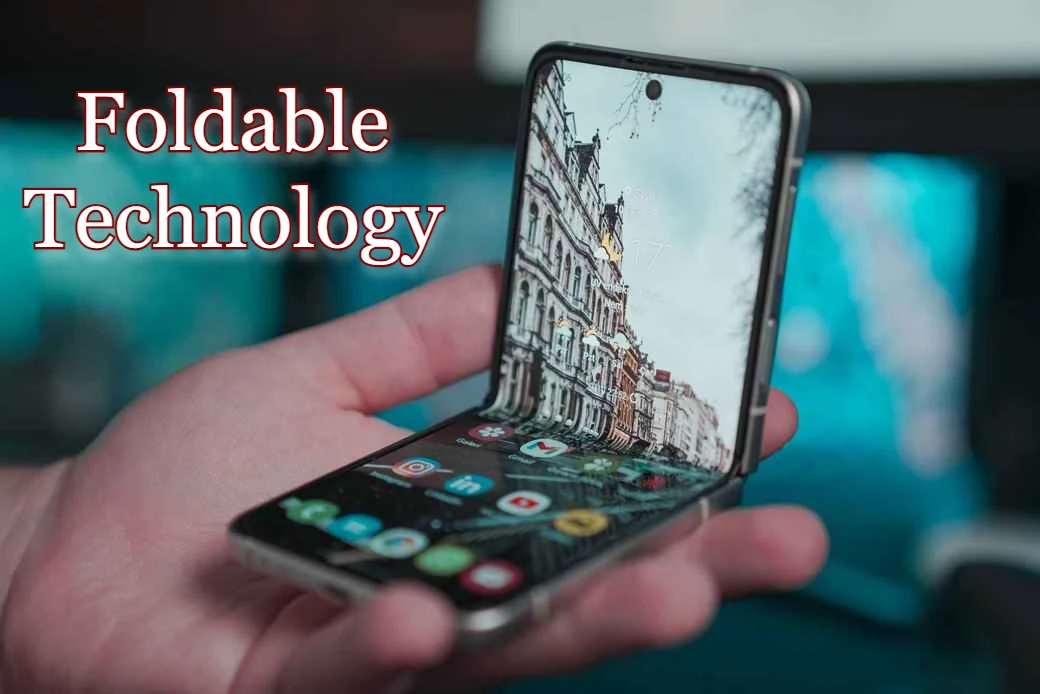Table of Contents
Exploration of Foldable Technology Applications
All of us wanted a flip phone as our initial mobile phone, and Motorola made history when they released the very first flip phone in 1996 – with its innovative clamshell form factor and slim monochrome display, it was met with widespread praise, opening the way to widespread acceptance of flip-phone style phones.
Flip phones were once widely popular mobile devices; however, over time, their popularity diminished in an ever-evolving smartphone market due to advanced phones featuring internet cameras and apps like selfie sticks becoming more sought-after and cost-effective.
But in 2018 came along Royole FlexPai, which initiated folding phone usage – setting off this trend that continues today with phones like it and others similar. Even though FlexPai had some drawbacks, like its rigid hinge and display wrinkles, this technological breakthrough opened doors for other foldable phone designs being created today!
Samsung first unveiled the Galaxy Fold, considered one of the first mainstream foldable phones and more successful than its predecessor FlexPai, in February 2019 as part of their success-driven rollout of foldable phones. Although innovative in style and design, users were quickly drawn in by its style, design, and ingenuity.
Yet many issues, including loose hinges and screen creases due to dust accumulation or tight folding, were observed with it. Since its debut, multiple foldable phones, including Huawei Mate X and Motorola Razr, as well as OPPO Find N, have entered the with improved versions with better screens
Foldable phones are a relatively new technology with modern features that combine portability, creativity, and an engaging user experience into one appealing package. Counterpoint Research estimates that in 2022, 4.7 million US smartphone users could fold. By 2023, this figure should grow to 16.5 million, and by 2025, 76.6 million!
However, several issues must first be overcome for foldable phones to become mainstream. Most notable is their reduced screen durability compared to their traditional counterparts; therefore, research and development are underway for more substantial screens capable of repeatedly folding and unfolding without failing.
Samsung uses UTG in their foldable phones – an innovative type of glass with thinner walls while being more flexible than regular glass varieties and ideal for folding phones.
Huawei recently developed The Falcon Wing hinge, an innovative folding mechanism tailored for strength and user-friendliness. Furthermore, smartphones that fold are still more expensive than regular handsets; manufacturers are committed to making folding devices more accessible by decreasing costs to bring down prices to make them affordable for everyone.
Software support remains another significant obstacle; certain apps may not work smoothly with foldable phones, and companies must work with app developers to make them compatible. Google is actively making sure its apps run well with foldable phones. Furthermore, the variety of designs for foldable phones currently on offer remains limited.
Still, companies have promised that they are committed to expanding and evolving these designs to offer customers additional capabilities and features.
Though efforts are underway to advance this innovative technology, there has been growing consumer enthusiasm for foldable phones due to their unique features allowing users to switch back and forth between phone use and compact tablet mode, giving you greater convenience than with smartphones alone.
Now, more companies, including TECNO, are entering this lucrative foldable phone market using cutting-edge technologies in response to current issues.
Recent developments and efforts from tech brands to research foldable screen phones indicate they may become the next big thing in smartphones.
